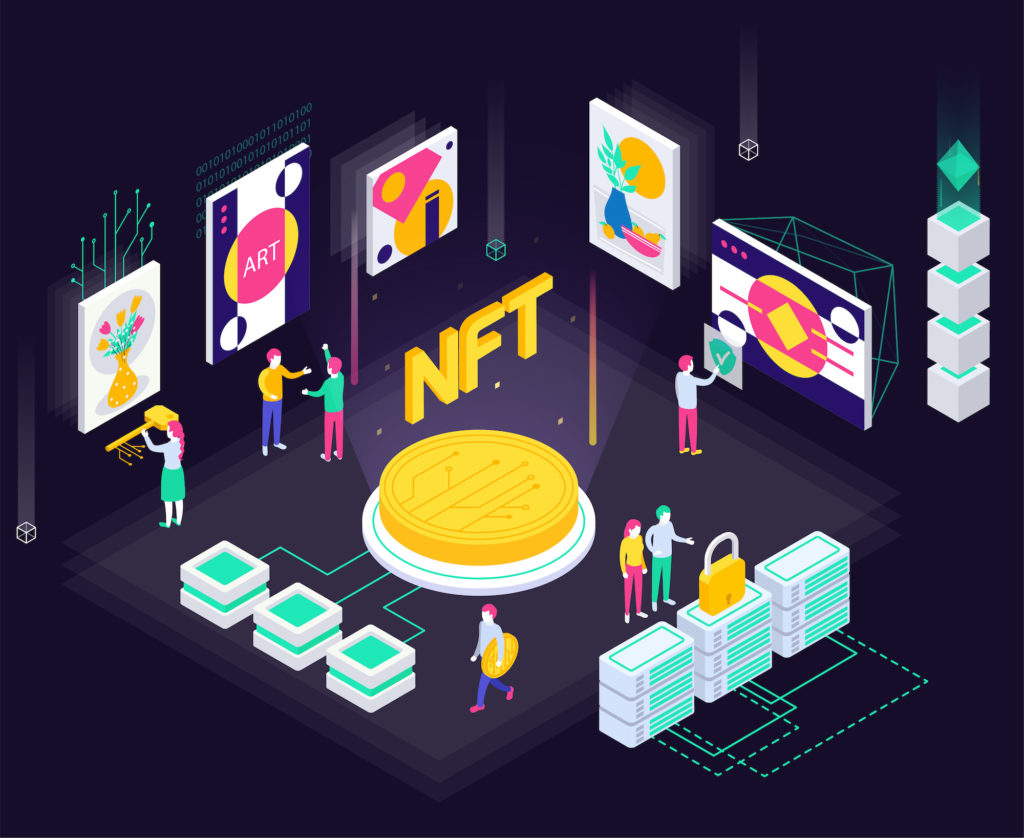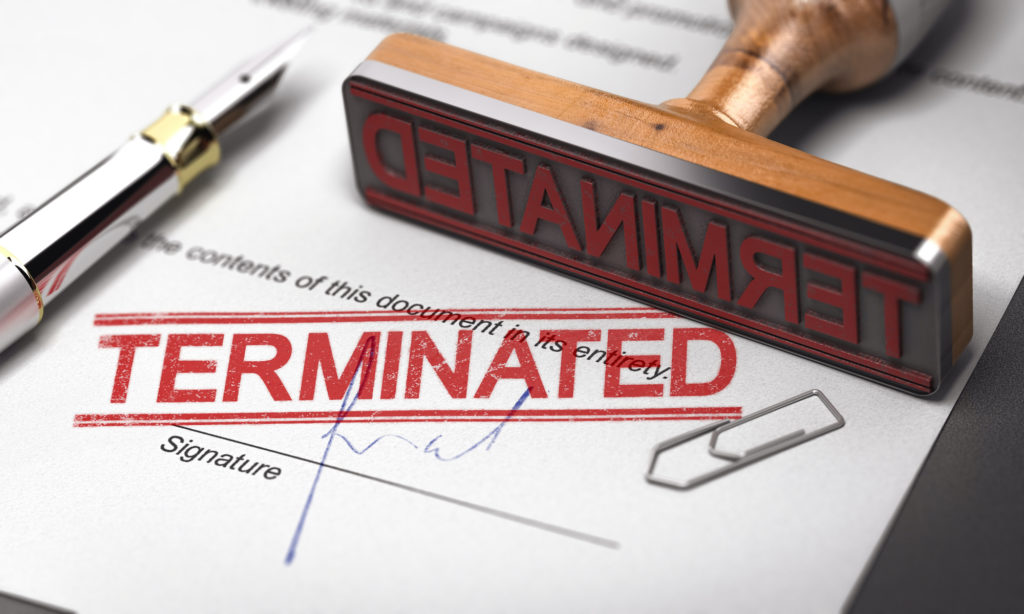People sell most NFTs in an online marketplaces. Some of the more popular NFT marketplaces include OpenSea, Mintable, Nifty Gateway, Rarible, and Zora. Purchase NFTs using cryptocurrency (crypto).
Category Archives: Assets
Retiring or stopping your employment means losing one type of income. For many, their retirement accounts will provide a large portion of the money they will be living on during their retirement; however, this does not happen overnight, it takes advance planning.
The reasons a trust-maker creates a trust emerge as important. However, your intent or purpose for creating a trust imparts legal ramifications. Therefore, a trust-maker must express (in writing) their intent or purpose for creating the trust.
When you die, your accounts and property pass to minor children in equal shares. However, such money often proves insufficient for individual heir’s expenses.
No trust contains unlimited funds or an interminable time horizon. In the end, every trust eventually ends.
If you want someone to continue to manage your Facebook account after you die, you need to designate a legacy contact.
Since you spend your time rescuing other people, you may find it difficult to imagine a time when you might need help or rescue.
Rather than ignoring an uncomfortable topic, think proactively about the challenges of living with mental illness.
A life insurance policy sometimes provides money for continuing care of family members with long-term disabling health conditions.
Unfortunately, despite our best efforts, millions of people misplace wills and trust documents.











